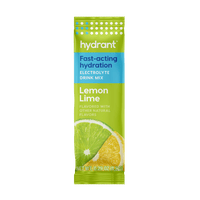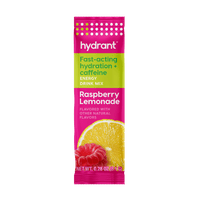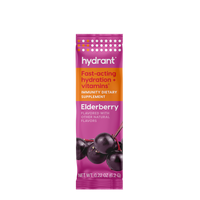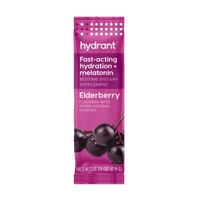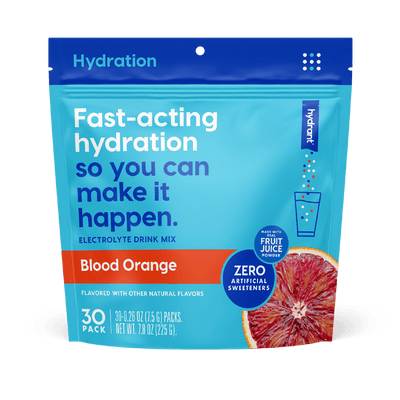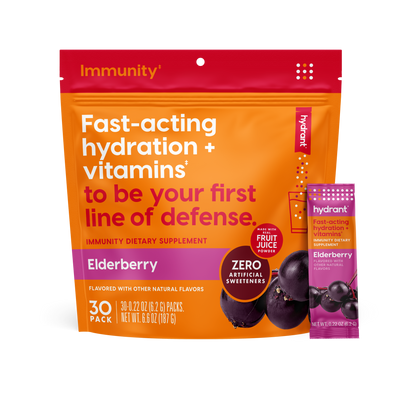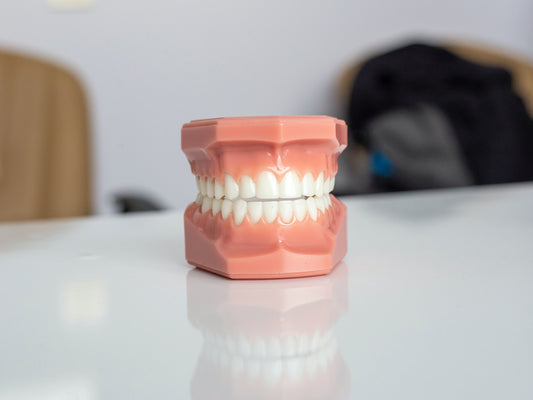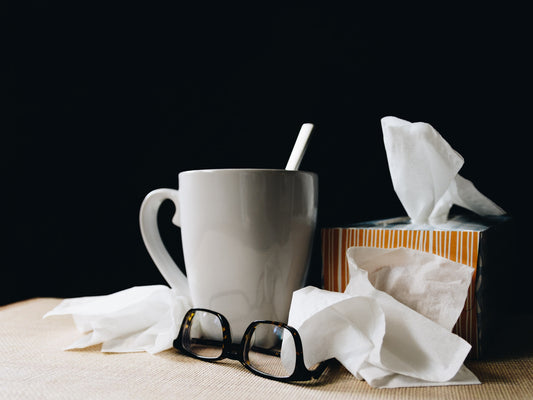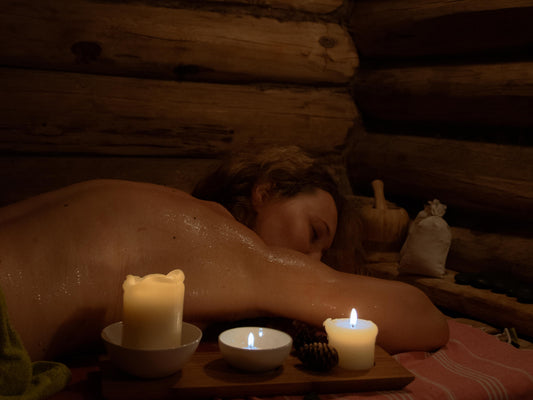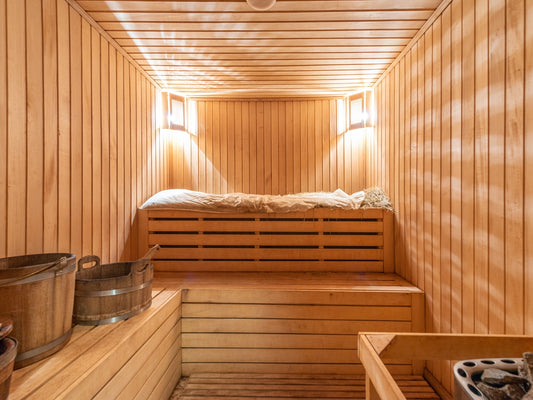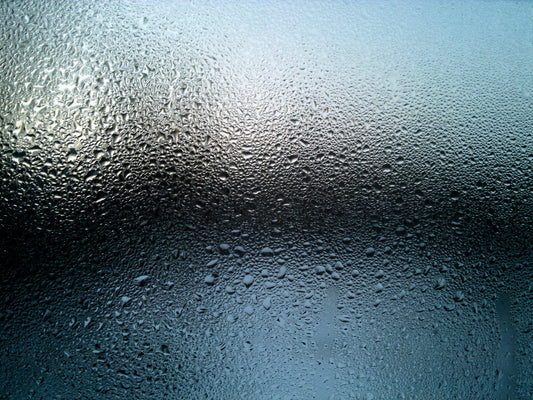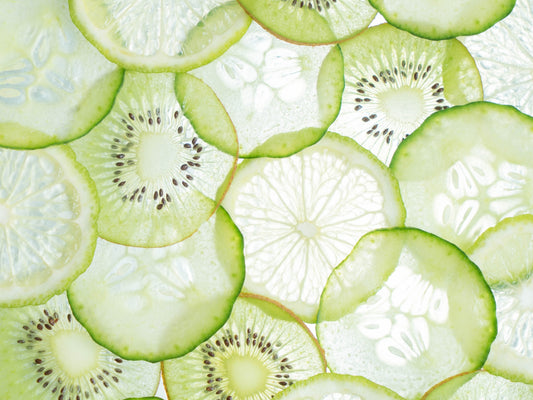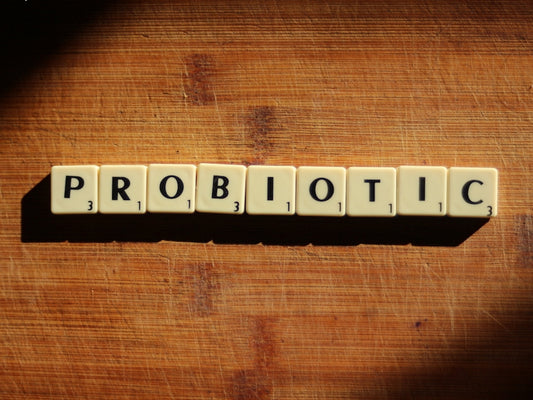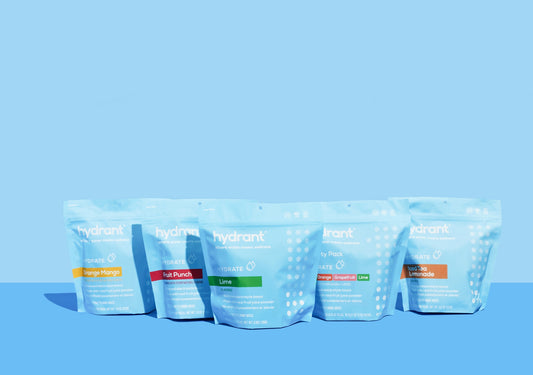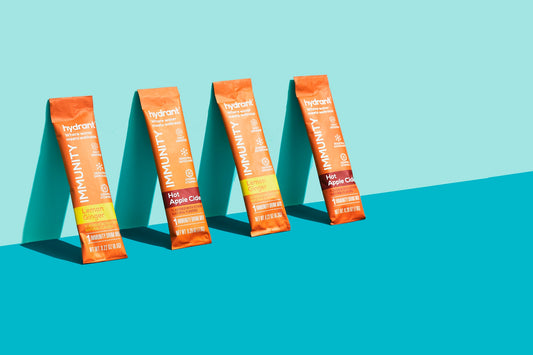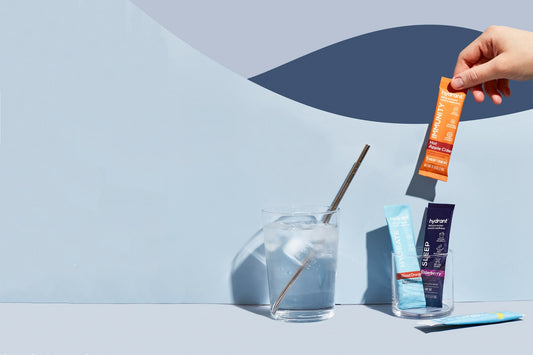You've likely recognized wellness before, in others. Maybe a sparkle in a friend's eye, bounce in their step, or glow to their skin prompted you to say, "You look well!"
But, what exactly is wellness?

Wanting wellness and being able to recognize it is not the same as being able to define wellness and cultivate it.
Sometimes, people tend to think of wellness in terms of what it is not. This leads to a misunderstanding that wellness equals a lack of illness, a lack of fatigue, or a lack of excessive stress. But, wellness is so much more than that.
Wellness, like its counterparts health and happiness, is difficult to define.
Defining wellness is important, however. Once we specifically define wellness, it becomes less elusive. When wellness is well-defined, we can identify the steps we must take in order to cultivate wellness in our lives.
Where Did the Concept of Wellness Originate?
The word "wellness" has been in the Oxford English Dictionary since the 1650s, meaning the opposite of "illness" [1]. The term didn't gain popularity in the way it is currently used until much more recently, however.
In 1946, the World Health Organization (WHO) adopted their constitution [2]. In addition to claiming health as a fundamental human right, they defined it as a state of complete physical, mental and social well-being and not merely the absence of disease or infirmity.
Philosophies of Wellness
In 1961, Halbert L. Dunn published a book called High-Level Wellness for Man and Society [3]. Dunn was a medical doctor and scholar who helped the WHO come up with their definition of health. His book expanded upon the concept of wellness as something that positively exists, rather than an absence of illness.
Dunn's book didn't make waves with a mainstream audience, but it majorly influenced other health professionals. One such person was medical student John W. Travis [1].
The Illness-Wellness Continuum
After becoming fascinated by the idea of viewing health in terms of wellness rather than illness, John W. Travis dedicated his life to promoting wellness.
In 1972, Travis conceptualized the "Illness-Wellness Continuum" [4]. This image features a double-sided arrow. On the left end of the continuum lies illness, and on the right end lies wellness.
Travis used the Illness-Wellness Continuum to illustrate his belief that wellness is ever-changing, not static. Throughout our lives, we each move along the continuum.
On the continuum, a lack of illness symptoms is not wellness, but the centerpoint, labeled "neutral." The purpose of most healthcare is to move people experiencing illness toward this neutral place in which they no longer have symptoms.
Wellness involves moving beyond neutral, to a point at which a person is happy, healthy, and thriving.
You might be thinking, "That sounds great. So how do I move toward the wellness end of the continuum?!"
Dimensions of Wellness
In 1976, physician Bill Hettler developed the six dimensions of wellness [5]. The dimensions built on the concept of wellness as something positive rather than a lack of illness. Later, others added onto Hettler's idea.

Now, there are eight commonly recognized dimensions of wellness [6]:
- Physical
- Intellectual
- Emotional
- Social
- Spiritual
- Vocational/Occupational
- Financial
- Environmental
These dimensions help us pinpoint what wellness encompasses. They also provide a starting point for determining how we can cultivate wellness within our lives.
In the Dimensions of Wellness philosophy, physical health is only one of many components of wellness. To be truly well, we must also be intellectually stimulated, emotionally balanced, socially connected, and more.
Once you recognize the dimensions in which you could use some work, you can identify the lifestyle changes that will promote greater wellness in your life.
The Relationship Between Wellness and Self-Care
Wellness and self-care work hand-in-hand. While "self-care" has gotten a lot of buzz recently, it's important to understand a little more about it & its relationship with wellness.
The WHO defines self-care as "the ability of individuals, families and communities to promote health, prevent disease, maintain health, and to cope with illness and disability with or without the support of a healthcare provider" [7].
Thus, self-care is exactly what the term implies: people doing what is necessary to care of themselves.
In everyday conversation, the term "self-care" refers to doing things that serve no greater purpose than promoting well-being, whether that's taking a yoga class, drinking a green smoothie, or even relaxing on the couch watching Netflix.

Separating Wellness from the Wellness Industry
The wellness industry is booming, suggesting people deeply want to feel well. In 2018, the wellness industry was worth $4.2 trillion, and it's worth at least $4.5 trillion now [8]. In recent years, the wellness industry has grown at a rate of 6.4% per year, over twice the average rate of global economic growth.
Wellness products can definitely promote wellness. Books, magazines, and websites can be useful for increasing your health and wellness knowledge. Fitness classes can help you build strength and endurance.
That said, wellness and self-care are more than the wellness industry. What's important is to prioritize yourself and your needs to help your overall wellbeing. Self-care might involve taking time to journal or silently meditate. Self-care might look like taking a walk in a forest preserve or around your neighborhood. It might involve calling a friend or family member to feel connected. Whatever you do for self-care, it's important to define wellness on your terms.
Defining Wellness on Your Terms
Wellness looks different to different people. Someone else's version of wellness might not work for you, and that's perfectly okay.
Of course, there are some wellness commonalities that can apply to a lot of us: sleeping enough each night, exercising regularly, eating a nutritious diet, taking time to relax, nurturing meaningful relationships with others. Wellness can even start with hydration. We're big fans of helping our customers meet their daily wellness needs with hydration products that hydrate them fast and support their goals.
Beyond that, take some time to reflect on the dimensions of wellness to determine what wellness means to you. Ask yourself how you could make improvements to your life in each area, with no goal in mind beyond your own well-being.
Takeaway
Wellness is so much more than a lack of illness. To live a happy and healthy life, cultivating wellness is a must. Begin by examining multiple dimensions of your life and seeing which areas could be tweaked to help you really thrive.
<!-- split -->
